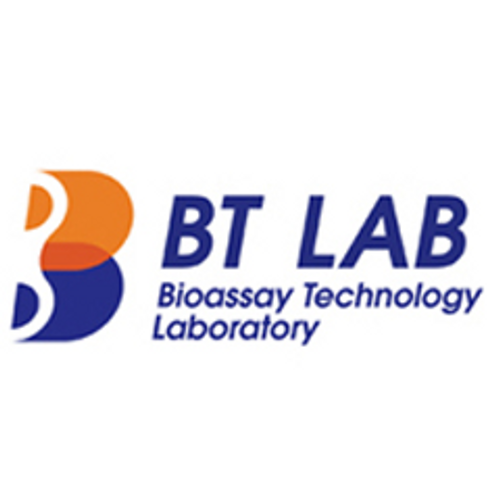Product Description
Rabbit Heme oxygenase 1 (HMOX1) ELISA Kit | AE63216RB | Abebio
Species Reactivity: Rabbit (Oryctolagus cuniculus)
Abbreviation: HMOX1
Alternative Name: N/A
Application: ELISA
Range: Request Information
Sensitivity: Request Information
Intra-Assay: ≤4.7%
Inter-Assay: ≤7.9%
Recovery: 1, 07
Sample Type: Serum, Plasma, Other biological fluids
Detection Method: Sandwich
Analysis Method : Quantitive
Test Principale: This assay employs a two-site sandwich ELISA to quantitate HMOX1 in samples. An antibody specific for HMOX1 has been pre-coated onto a microplate. Standards and samples are pipetted into the wells and anyHMOX1 present is bound by the immobilized antibody. After removing any unbound substances, a biotin-conjugated antibody specific for HMOX1 is added to the wells. After washing, Streptavidin conjugated Horseradish Peroxidase (HRP) is added to the wells. Following a wash to remove any unbound avidin-enzyme reagent, a substrate solution is added to the wells and color develops in proportion to the amount of HMOX1 bound in the initial step. The color development is stopped and the intensity of the color is measured.
Product Overview: Heme Oxygenase-1 (HO-1) also known as Hsp32, is the inducible isoform of heme oxygenase that catalyzes the NADPH, O2 and cytochrome P450 reductase dependent oxidation of heme to carbon monoxide, ferrous iron and biliverdin which is rapidly reduced to bilirubin. These products of the HO reaction have important physiological effects: carbon monoxide is a potent vasodilator and has been implicated to be a physiological regulator of cGMP and vascular tone; biliverdin and its product bilirubin are potent antioxidants; “free” iron increases oxidative stress and regulates the expression of many mRNAs (e.g., DCT-1, ferritin and transferring receptor) by affecting the conformation of iron regulatory protein (IRP) -1 and its binding to iron regulatory elements (IREs) in the 5’- or 3’- UTRs of the mRNAs.
Stability: The stability of ELISA kit is determined by the loss rate of activity. The loss rate of this kit is less than 5% within the expiration date under appropriate storage condition. The loss rate was determined by accelerated thermal degradation test. Keep the kit at 37°C for 4 and 7 days, and compare O.D.values of the kit kept at 37°C with that of at recommended temperature. (referring from China Biological Products Standard, which was calculated by the Arrhenius equation. For ELISA kit, 4 days storage at 37°C can be considered as 6 months at 2 - 8°C, which means 7 days at 37°C equaling 12 months at 2 - 8°C) .
 Euro
Euro
 USD
USD
 British Pound
British Pound
 NULL
NULL








